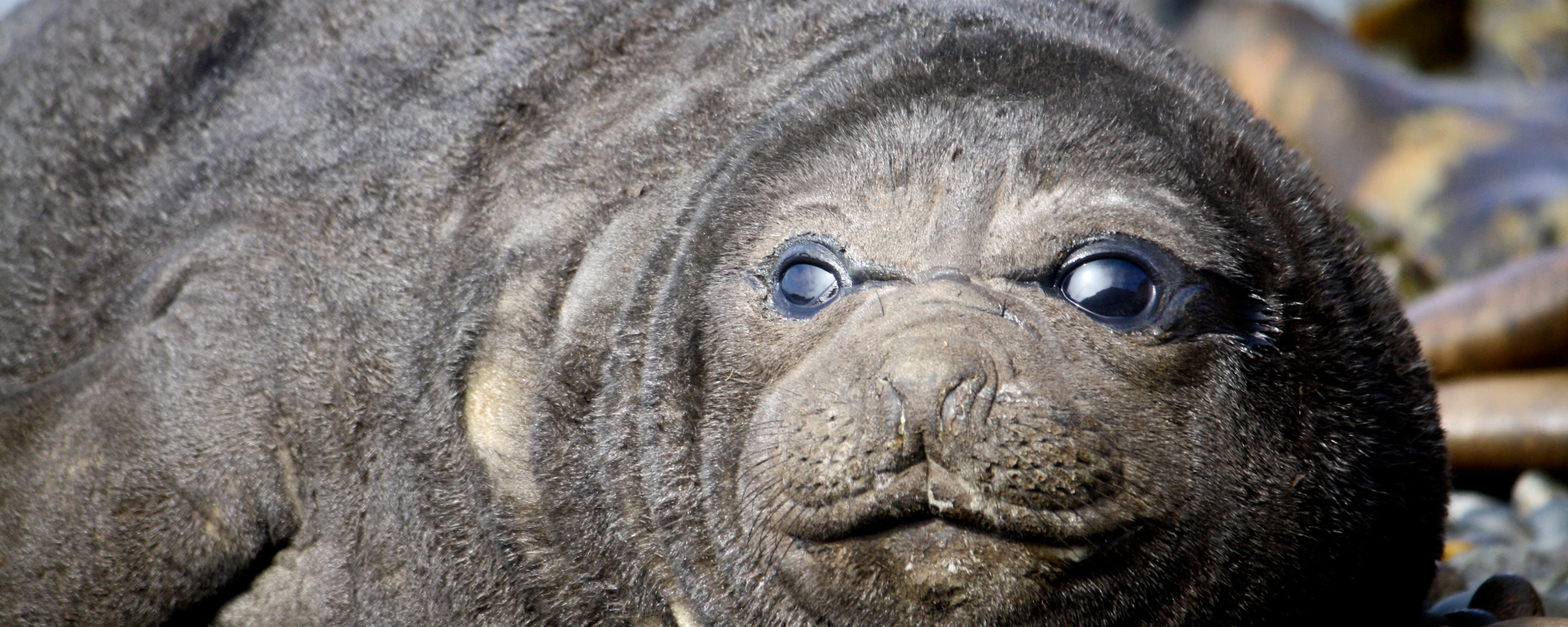A recent paper published in the Journal of Animal Ecology has found that poor-quality female southern elephant seals use breeding pauses as a tactic to produce more offspring over their lifetime. Here to tell us more are three of the authors: Marine Desprez, Clive McMahon and Rob Harcourt.

Breeding is a costly activity. In long-lived multiparous animals, some individuals may skip one or several breeding events (e.g. when environmental conditions are poor) in order to avoid jeopardizing their own survival. Intermittent breeding has the potential to substantially affect an individuals’ number of offspring and consequently the population’s growth. Accordingly, understanding which individuals skip reproduction and how often they do so is critical to understanding population dynamics and demographics.

In a recent paper in the Journal of Animal Ecology, we estimated survival and breeding probabilities, and investigated the consequences of intermittent breeding on lifetime reproductive output in female elephant seals. We found consistent differences in females’ demographic performance between two heterogenetic classes that we labelled good and poor quality females. In particular, breeding imbued a high cost on survival in the females assumed to be of lower quality. Elephant seals are true capital breeders and nursing results in extreme reduction in female body mass (35% on average over the 24-day lactation period). Therefore, survival of female elephant seals is likely to be strongly dependent on a females’ ability to rebuild her energy reserves during the post-breeding foraging trip. We found that higher quality female breeders had similar survival rates to non-breeders, suggesting that these females were able to bear the energetic costs induced by pup rearing without compromising their own survival. By contrast, lower quality females suffered a substantial reproductive cost in survival. The apparent survival cost in these females, likely to be less successful foragers than higher quality females may be a result of their inability to restore their nutrient reserves during the post-breeding foraging trip.

In female elephant seals, individual quality appears to play a major role in a female’s decision to skip reproduction with females of poorer quality more likely to skip breeding events than females of higher quality. As elephant seals are capital breeders they rely entirely on stored reserves to rear their pups. As a result, successful pregnancy is thought to be very sensitive to body reserves and we infer that female elephant seals may only be able to reproduce when their body condition (the amount of available lipid relative to lean tissue) is above a certain threshold. Accordingly breeding in elephant seals is likely to depend on individual quality, experience and environmental conditions during foraging trips.

The more we learn about which animals produce more offspring, the clearer it is becoming that quality plays a major role in determining the long-term viability of a population. Our study highlights some of the mechanisms by which this is achieved. This study (along with another recently published in the Journal of Animal Ecology) further highlights how animals perform and how this relates to survival and reproductive potential which is one of the hot and fundamental topics in animal ecology today.

More Info:
Desprez, M., Gimenez, O., McMahon, C. R., Hindell, M. A., & Harcourt, R. G. (2017). Optimizing lifetime reproductive output: Intermittent breeding as a tactic for females in a long‐lived, multiparous mammal. Journal of Animal Ecology. DOI: 10.1111/1365-2656.12775
McMahon, C. R., R. G. Harcourt, H. R. Burton, O. Daniel and M. A. Hindell (2017). Seal mothers expend more on offspring under favourable conditions and less when resources are limited. Journal of Animal Ecology, 86(2): 359-370.
